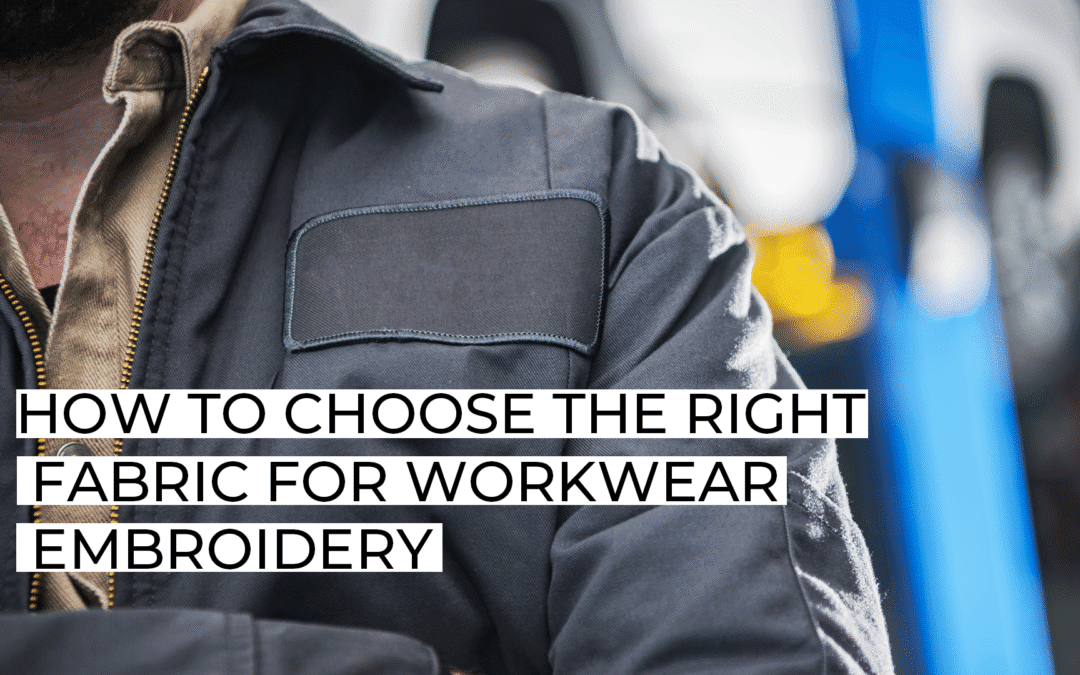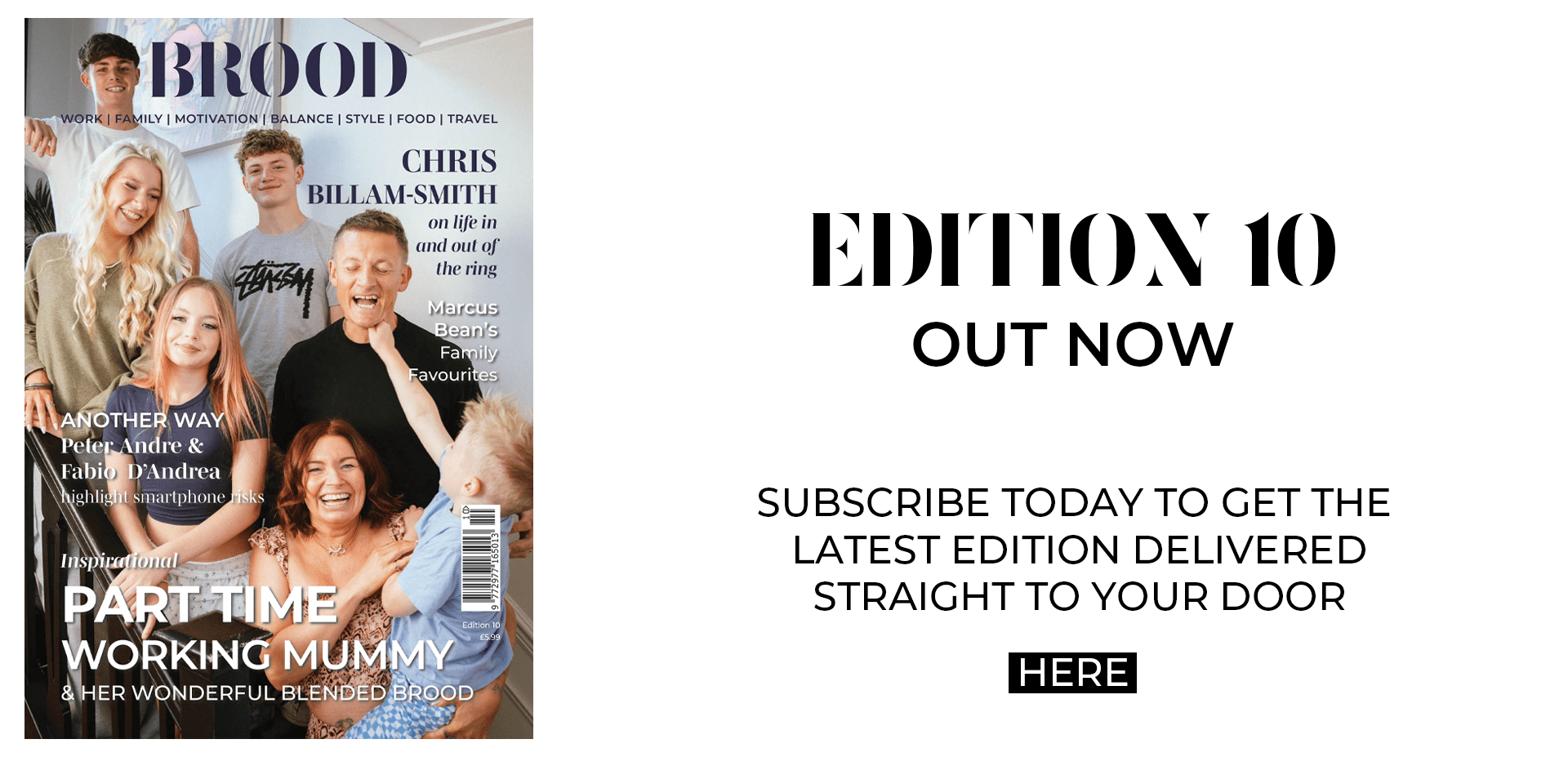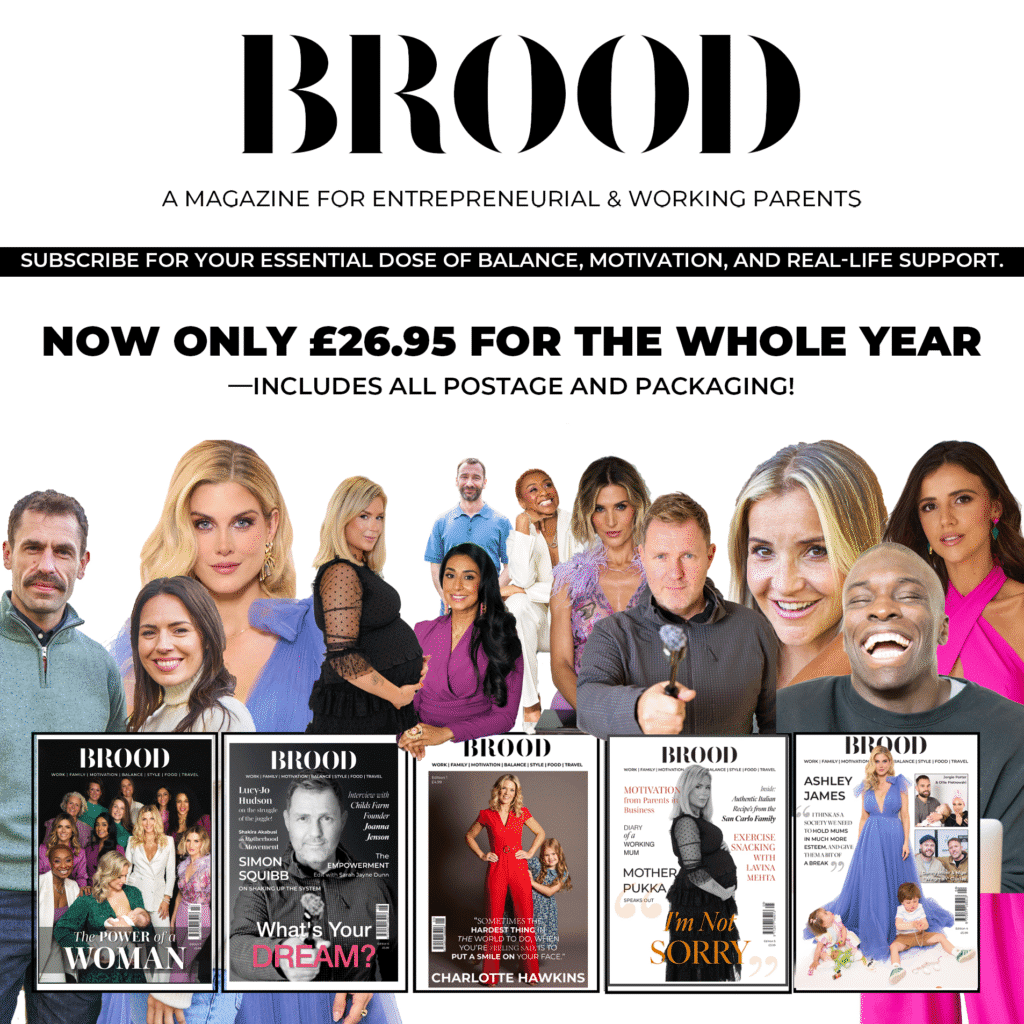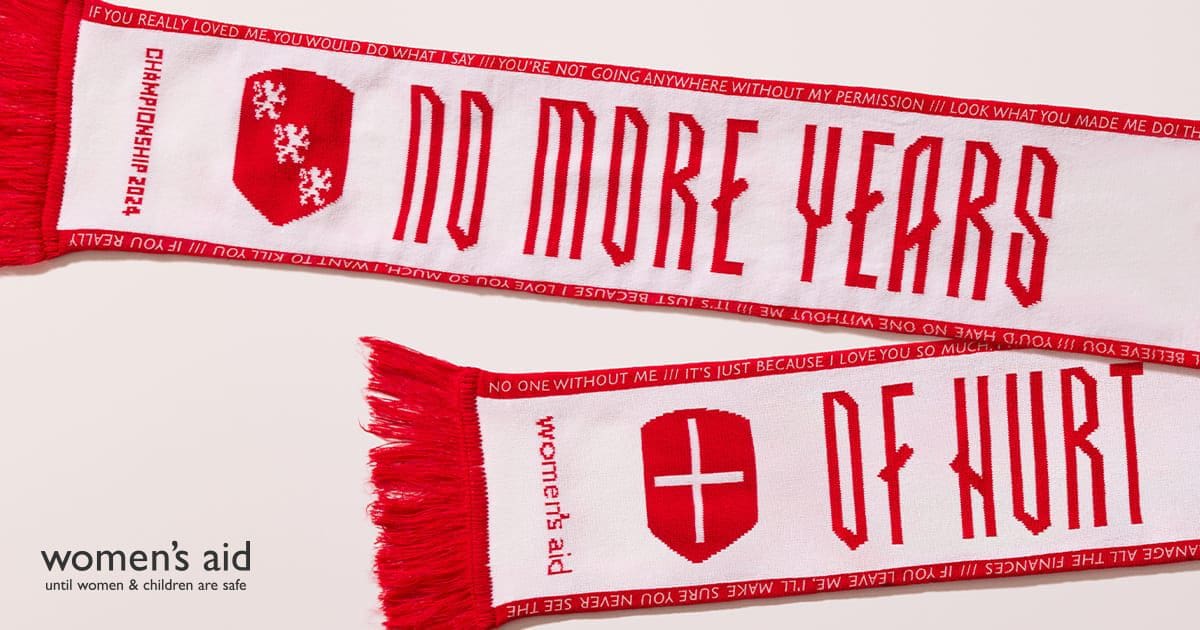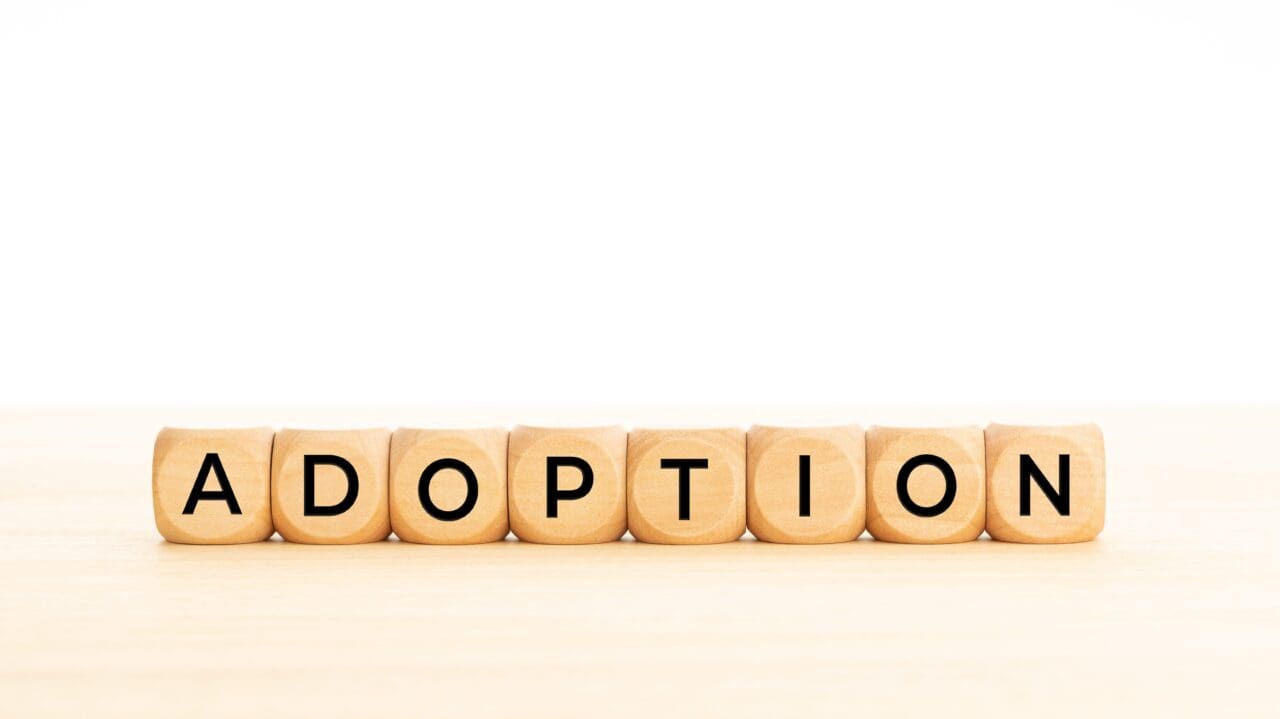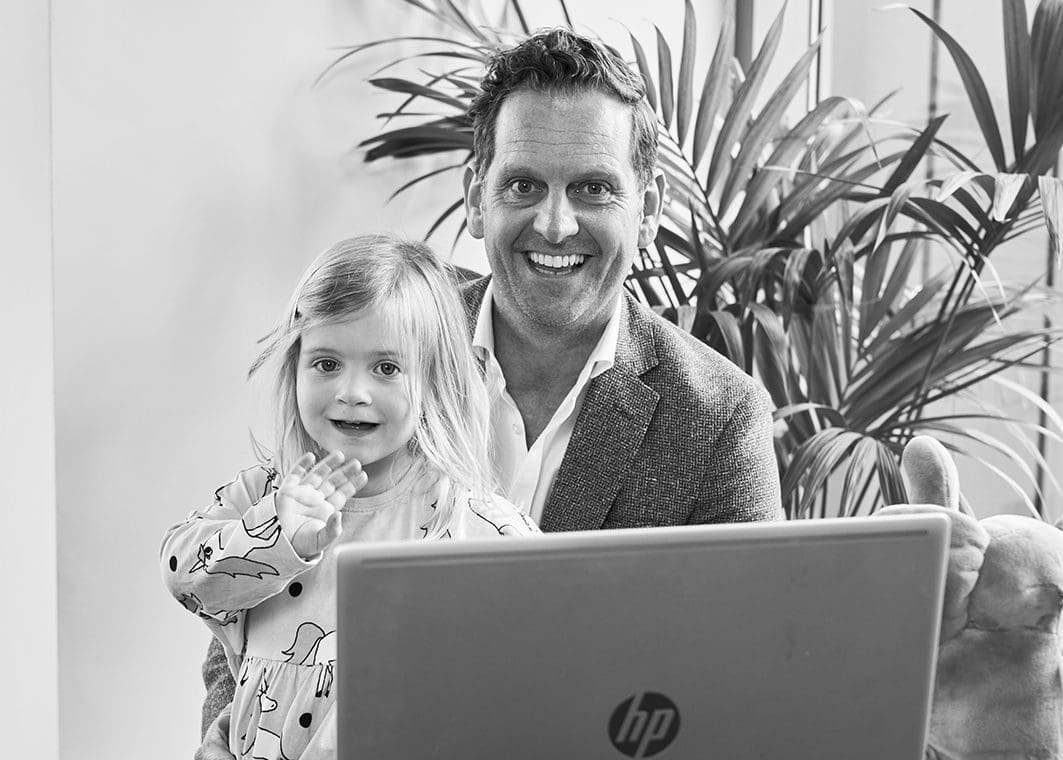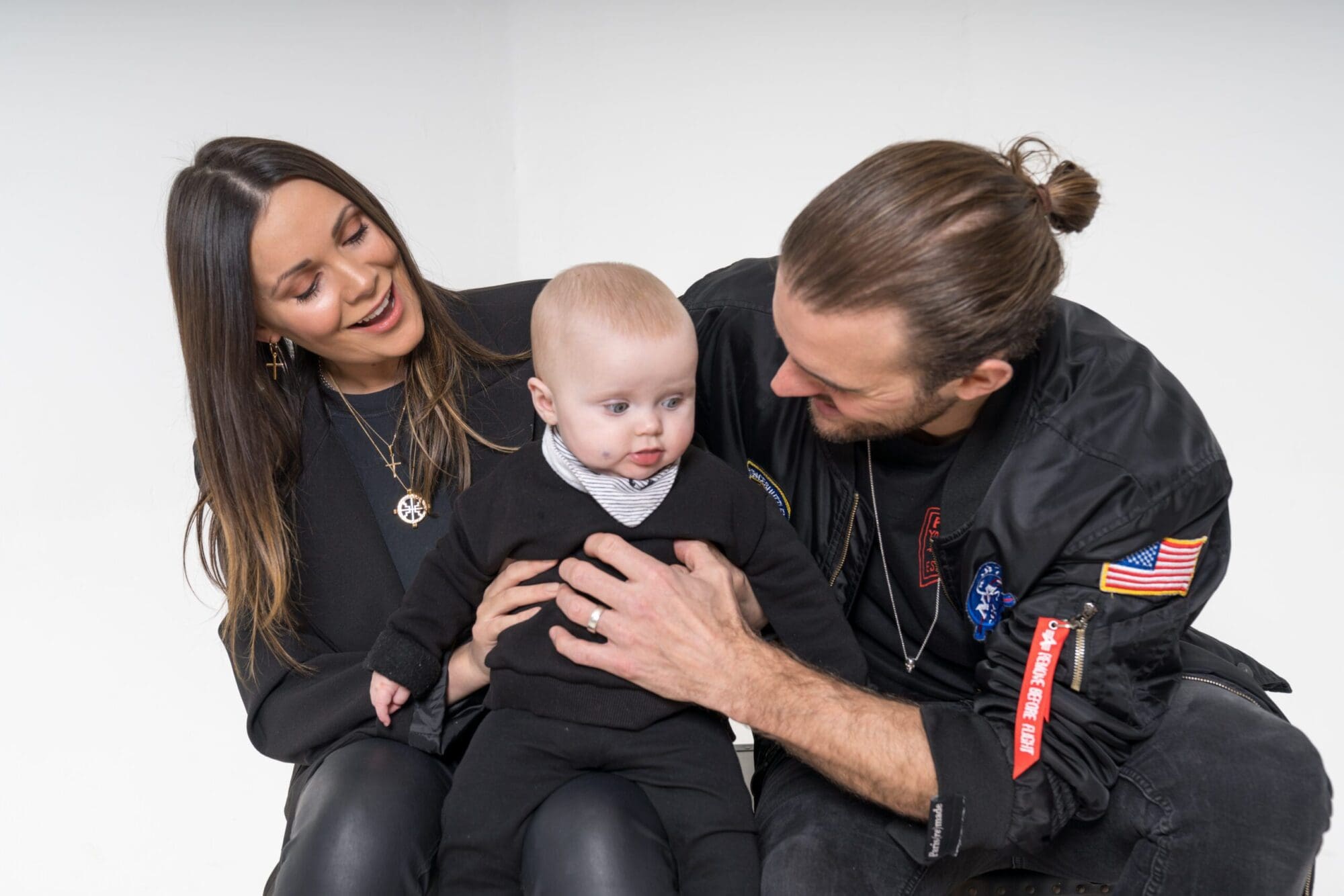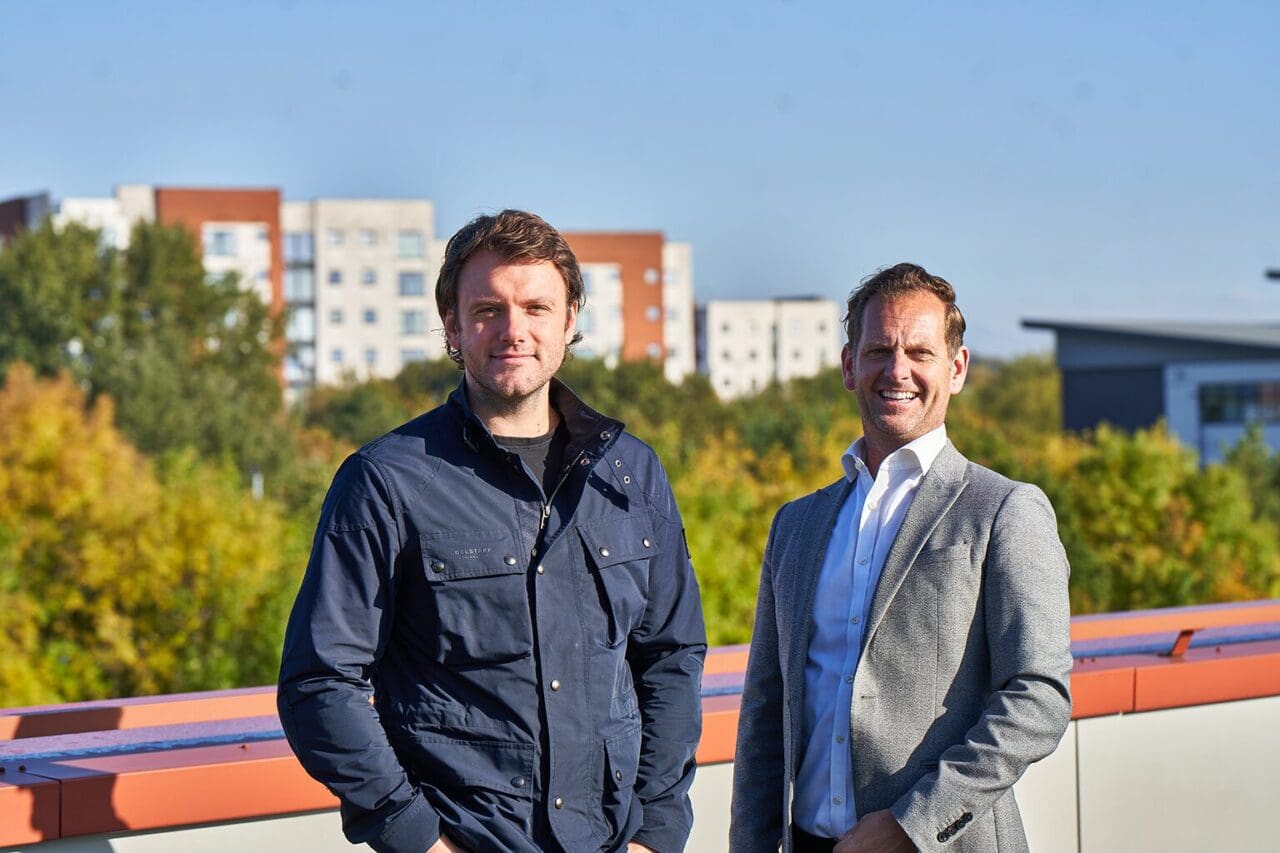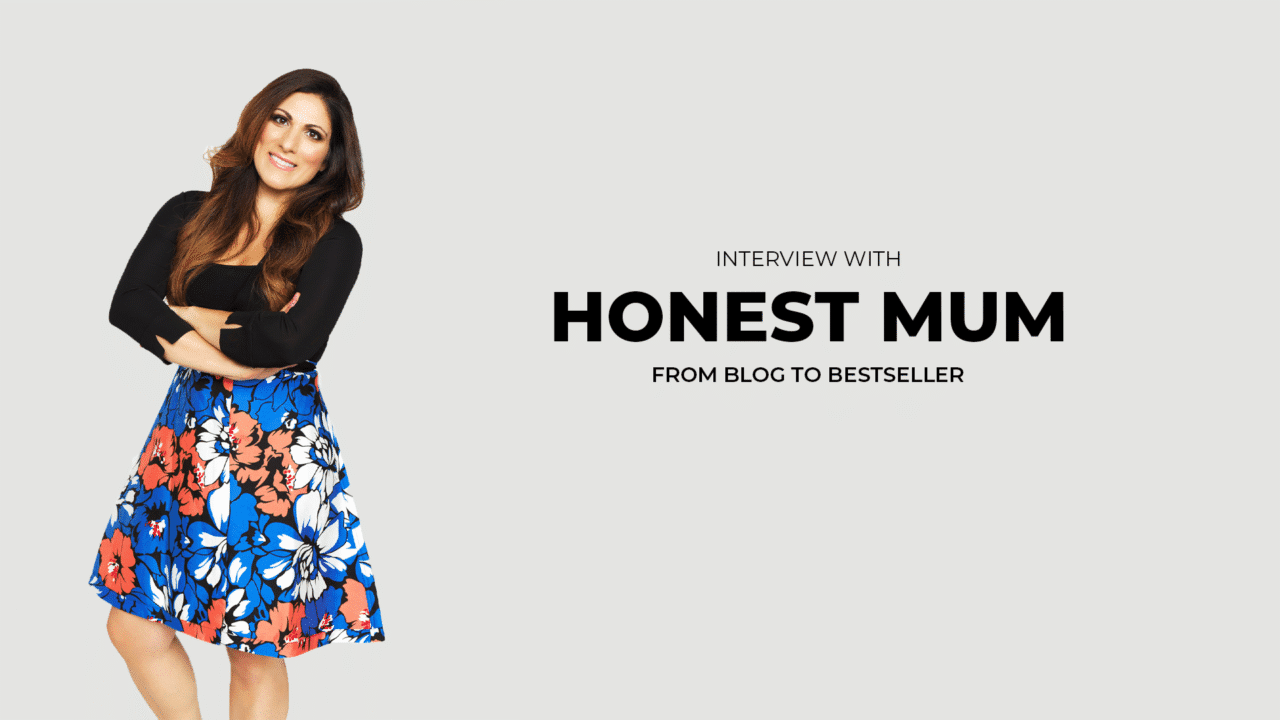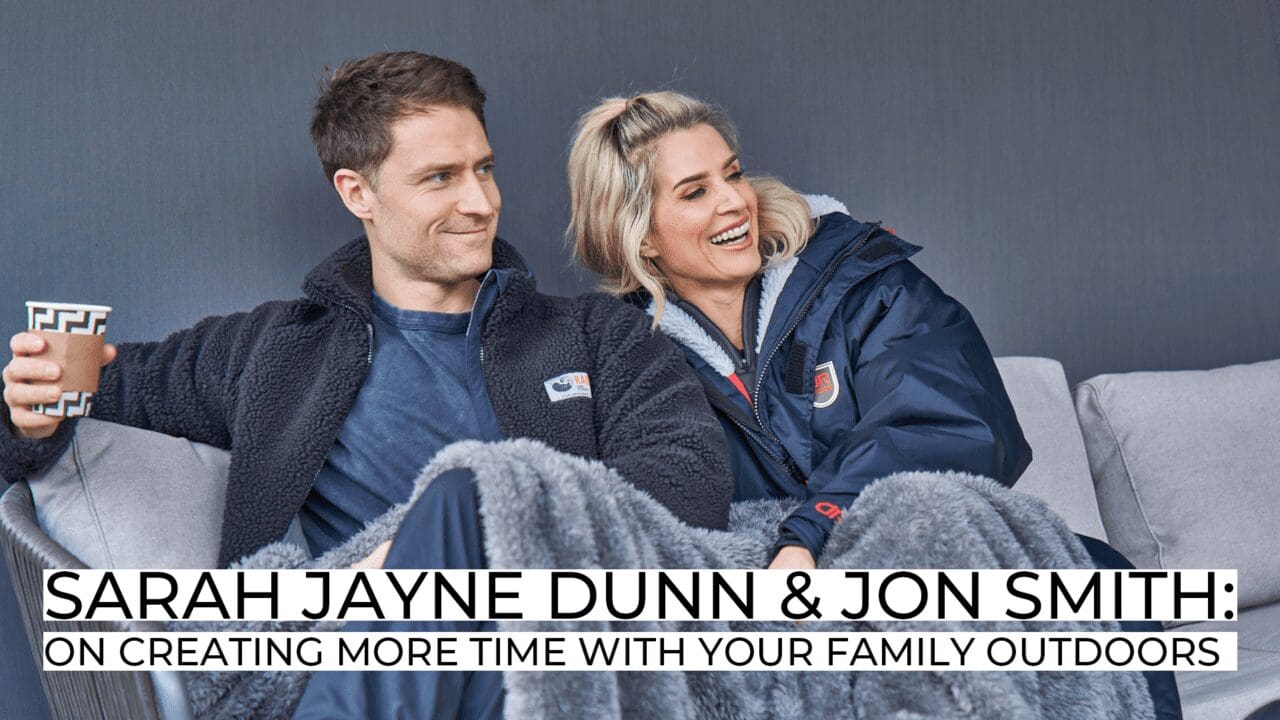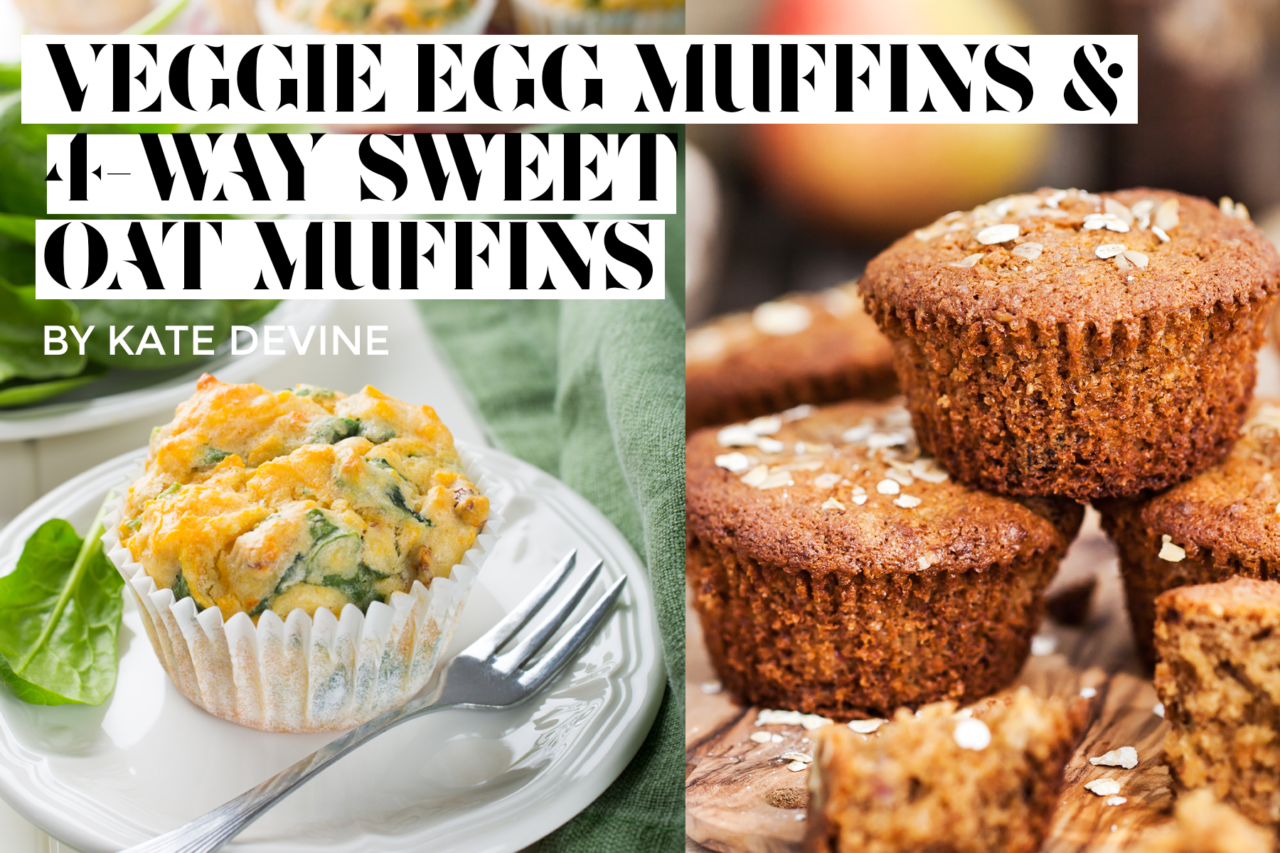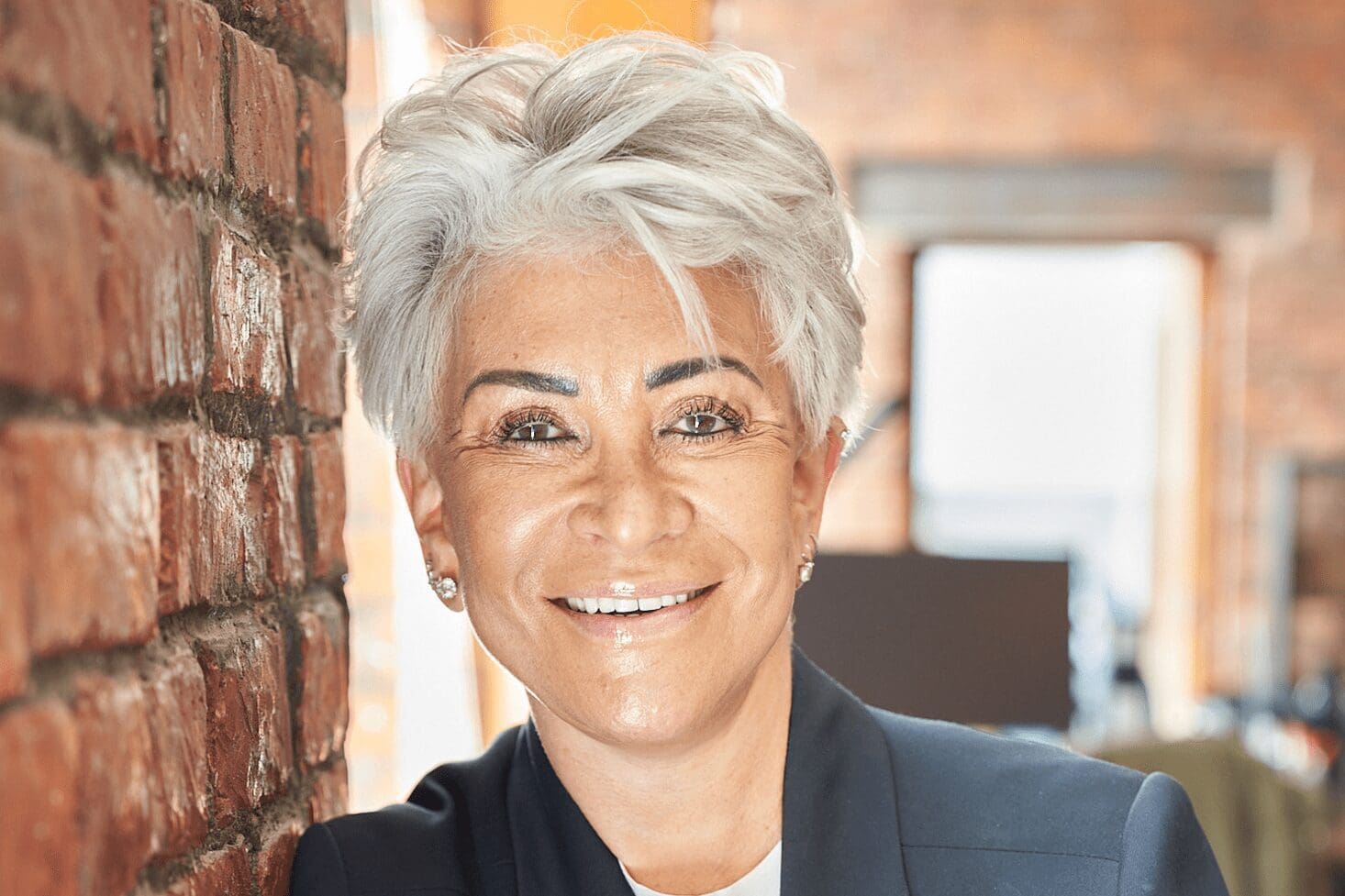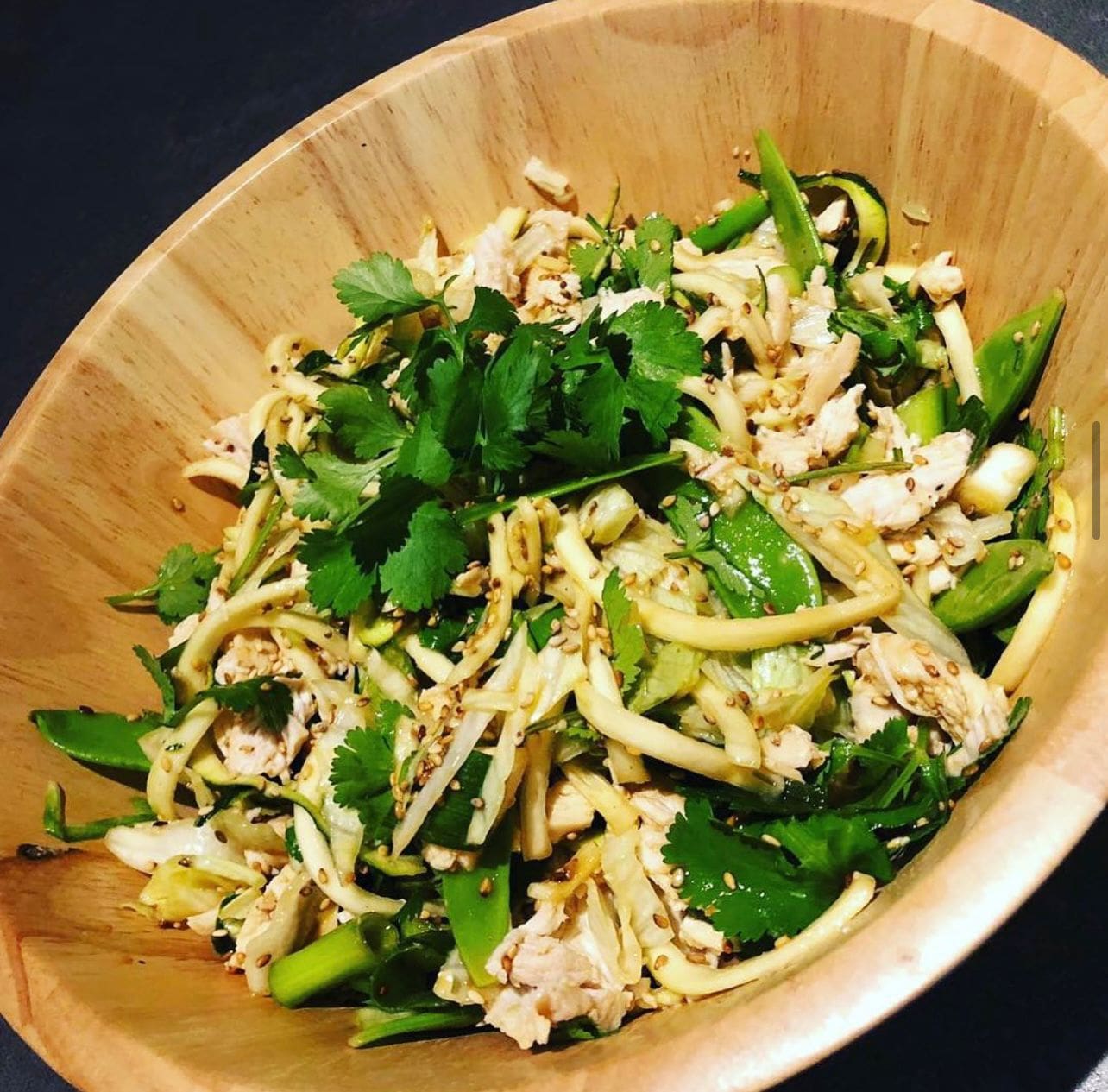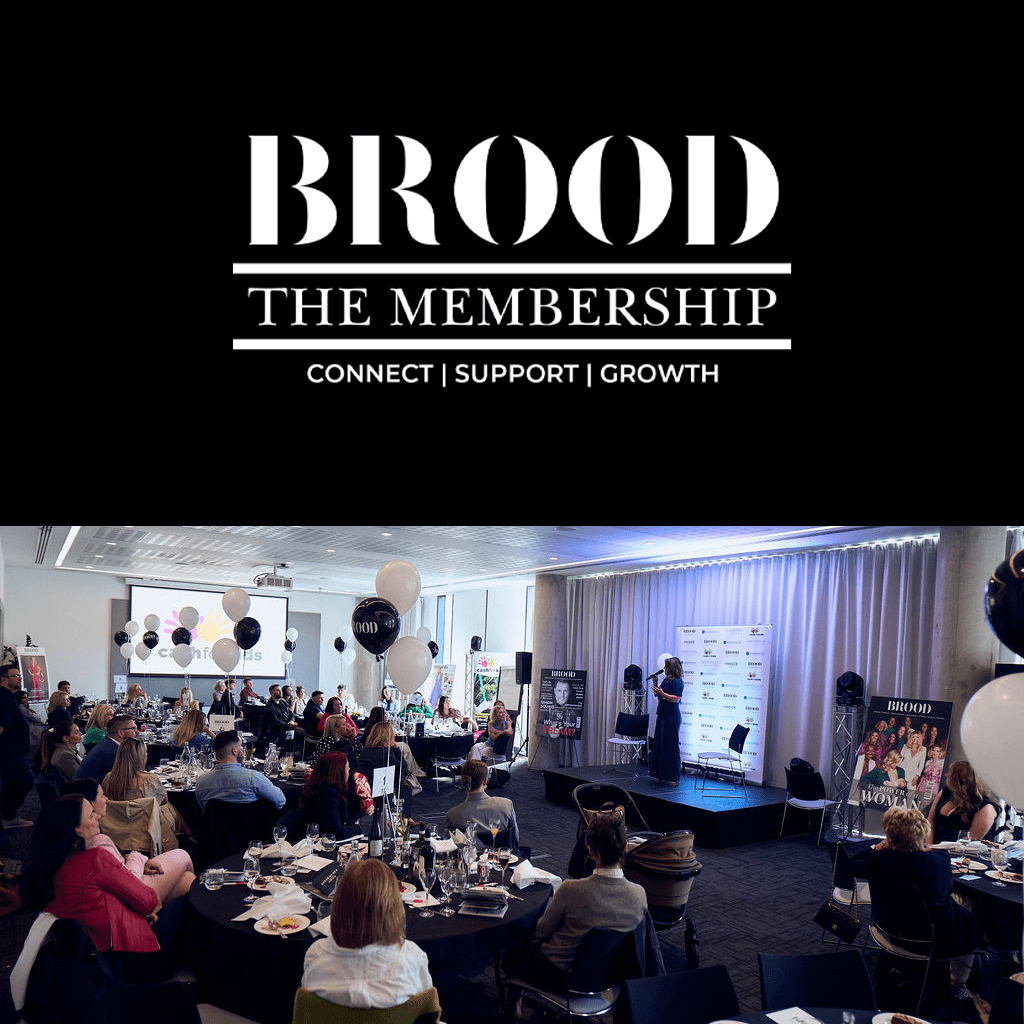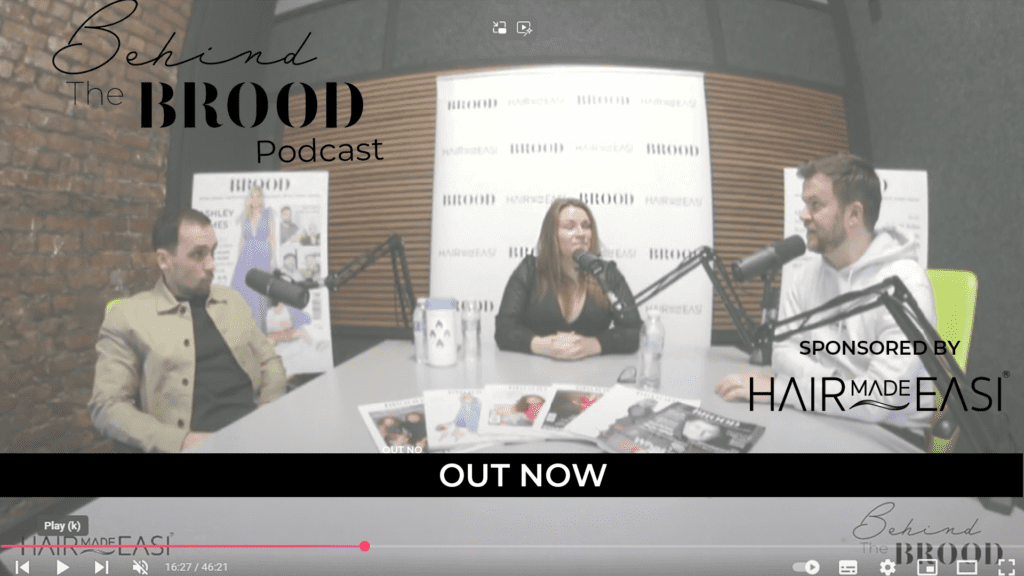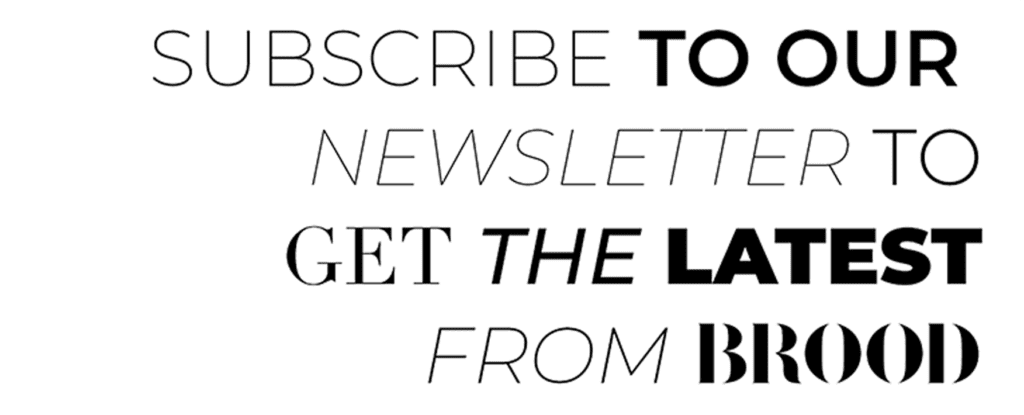How to Choose the Right Fabric for Workwear Embroidery
Choosing the right base material is an important factor in the longevity and look of embroidered designs. An appropriate fabric not only keeps the stitching in place but also keeps the design in shape and colour even after numerous washings. Companies that invest in embroidered workwear must align fabric performance with the requirements of their business, weighing comfort, durability and appearance.
Cotton for Breathability and Comfort
Cotton is usually preferred due to its softness and comfort, and is therefore preferred in workplaces where workers spend a lot of time on their feet. It is highly absorbent and assists in body temperature regulation, but when not pre-treated, it can shrink. In embroidery, the tightly spun fibres of cotton are able to retain designs well, but backing reinforcement might be required to avoid puckering with age.
Polyester for Strength and Colour Retention
The synthetic fibres used in polyester do not stretch, shrink, or wrinkle, which makes this material perfect to use in clothes that need little maintenance. The silk surface is ideal for fine embroidery, and the resistance of the fabric to fading maintains the designs fresh even after regular washing. In industries in which uniforms must be of a polished appearance, e.g. retail, hospitality or security, polyester gives consistent results.
Poly-Cotton Blends for Versatility
The combination of cotton and polyester produces a balanced material that is as soft as natural fibres and as durable as synthetics. Such combinations are very common in embroidered work clothes because they are comfortable, durable, and have good stitch holding. This is an option that is applicable in many industries, including customer service jobs and light trade jobs, where image and strength are important.
Heavy-Duty Fabrics for Construction and Trades
Fabrics used in industries like construction, engineering and manufacturing have to withstand abrasion, dirt and heavy wear. Canvas and heavyweight cotton drill are great options, being thick enough to hold up bold embroidery and yet tear-resistant. The materials are durable to withstand regular industrial washing without compromising branding, even in the most demanding working conditions.
Lightweight Fabrics for Active or Seasonal Roles
Warm weather activities or physically demanding work are better suited to lighter fabrics, like polyester microfibre or performance mixes. Such fabrics are moisture-wicking and improve airflow so that the workers are comfortable without compromising the embroidery design. They suit delivery drivers, warehouse workers and event crew that require free movement.
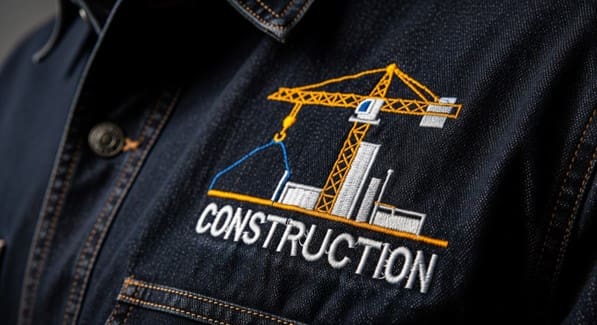
Corporate and Office-Friendly Fabrics
Professional wear is more likely to be oriented towards finer fabrics, like lightweight poly-cotton shirting or suiting cloth. The options offer a smooth surface that adds more detail to intricate embroidery and maintains garments’ smart appearance. The fabric must hang well and be structured so that logos look clean on shirts, blouses or blazers.
Considering Fabric Weight for Stitch Density
The thickness of the fabric affects the way the embroidery lies on the clothing. Denser stitching can be supported in heavier fabrics without distortion, but lighter materials may need the addition of stabilising layers. Understanding the relationship between stitch density and fabric weight is crucial to ensure the design outcome appears clean and professional in various garment types.
Matching Fabric to Function and Appearance
The choice of the material to be embroidered on work clothes is a trade-off between beauty, longevity and the needs of a given industry. It can be the hard canvas used in construction sites or the light mixes used in active jobs, but any decision will influence the strength of the embroidery in the long run. The integration of the kind of fabric with the workplace needs will assist businesses in creating embroidered workwear that not only promotes their brand but also withstands the pressure of daily wear.

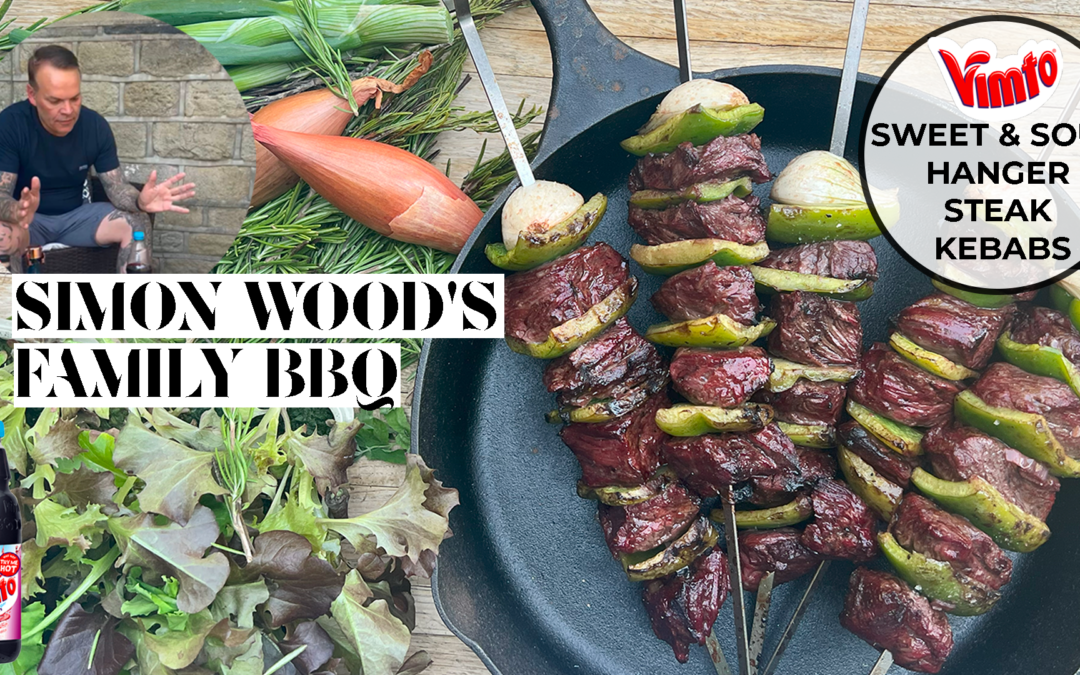
SIMON WOOD’S FAMILY BBQ: VIMTO SWEET & SOUR HANGER STEAK KEBABS
Today I’m going to focus on the Summer, the smell of a barbeque and dinner in the garden. And a recipe you can get the kids involved making: VIMTO SWEET & SOUR HANGER STEAK KEBABS

Effortless Summer Style Tips for Busy Mums
Summer brings longer days, lighter wardrobes, and, let’s be honest, a whole new level of chaos. Between school holidays, family trips, and juggling work and home life, finding time for yourself can feel like a luxury in itself.

Adolescence in schools – is it the answer to challenging online misogyny?
Just about everybody’s talking about it, or is aware of the heated debate over whether it is appropriate for the Netflix series Adolescence to be shown in schools, to tackle online misogynistic attitudes. The show has been a massive success and within just 11 days in March, became the most-watched UK series ever on Netflix, with over 66k views.

Simple Ways to Keep Your Brain Sharp Every Day
The great thing about brain training is that it doesn’t require anything fancy, it’s more about building small habits that challenge your mind in different ways. Reading a book, even for just a few minutes a day, helps your brain stay engaged. Solving puzzles, like crosswords or Sudoku, also gives your brain a workout, pushing it to think critically and solve problems. It’s not about doing these things perfectly. It’s about keeping the brain active and flexible, like any other muscle.

Navigating Vitamin Choices: Supporting Your Family’s Health
For working parents and self-starters, maintaining peak performance while ensuring your own and your family’s well-being is paramount. Enter the wellness world’s best kept secret, liposomal supplements. An innovative approach to nutrition that’s transforming how we support our health, energy and overall vitality.

Sepsis: The Silent Killer That Can Strike Anyone
Real stories from Danielle Nicholls and Sophie Austin, plus expert insight from Dr Andrew Conway Morris

Interview with Mother Pukka – AKA Anna Whitehouse
Anna is formidable in her pursuit for equality in the workplace, fuelled by her passion to ensure that her girls, or any girls, don’t face a future where you can have your career snatched away from you just because you dared to have a baby; sadly this is something that Anna experienced first hand.

innocent is making a splash with its new kids juicy water, just in time for Easter hols!
Innocent, the UK’s number 1 chilled juice brand, has announced the launch of a brand new offering – innocent kids juicy water. By Guest Contributor _ innocent kids juicy water is a deliciously refreshing blend of real fruit, water and natural flavours, giving kids a...

School Attendance at an all time low, but what’s the reason?
School attendance is at a crisis level, but the key issue is not a cheaper couple of days at Center Parcs, but the very serious issue educational settings not being able to meet children’s needs be that for children with SEN needs, or the who are experiencing bullying and experiencing anxiety, especially post-Covid and the experience of lockdowns on children and young people.

Simple Tips for Keeping Your Teeth Healthy Every Day
Parents want their little ones to adopt healthy habits as soon as they can walk, and nowhere is there greater emphasis than personal hygiene.

